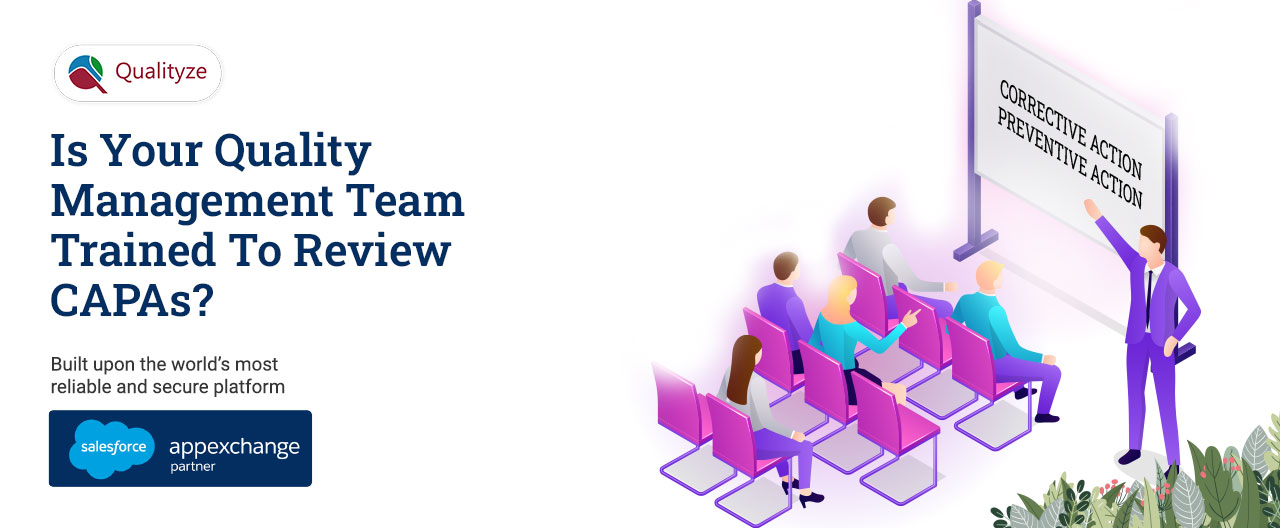
A CAPA is a crucial component of your compliance regime. You must have an effective CAPA management system in place to manage quality issues such that they do not reoccur.
However, implementing a CAPA system is just a steppingstone. The success of entire process and the efforts your team puts in usually reflects at the time of effectiveness review. Even though the root cause of many CAPA problems is easy to detect and resolve, others can slip through the cracks, quietly growing into significant compliance risks. An effectiveness review helps you evaluate the competency of the actions taken to address quality issues.
Some companies might feel that effectiveness review will just add more time to the entire CAPA process. But they often neglect the fact that the little time that they will invest in the CAPA review saves you from multiple recalls, product rework cycles, and waste. In addition to these, there are other considerable factors, including:
- The employees’ productive time and resources that goes into managing rework and recalls.
- The compliance risks.
- The brand reputation and customer trust.
Related Article: How to Avoid CAPA-Related Pitfalls on Your Compliance Journey?
CAPA Effectiveness Review: What You Need to Do?
Under CAPA effectiveness review, you must:
- Ensure that CAPA system procedure(s) addressing quality system regulation requirements have been documented.
- Identify the leading causes of product quality issues. You must analyze data from these sources to detect current product and quality issues that need to be corrected.
- Look for sources that provide information on unfavorable product trends and quality trends. Analyze data from these sources to determine potential problems with products or quality so that you can take appropriate preventative actions.
- Organize quality data. Check to see if the CAPA system receives complete, accurate, and timely data.
- Assess the effectiveness of statistical methods in detecting recurring quality problems. Analyze multiple data sources to identify and develop the extent of the issues with product and quality.
- Evaluate failure investigation procedures. Analyze the significance and risk of a nonconforming product to determine the degree to which it needs to be examined. Assess the likelihood of root cause investigations. Verify that any nonconforming product is not distributed.
- Analyze whether appropriate measures have been taken against significant product and quality problems.
- Assess the effectiveness and integrity of corrective and preventive actions before implementation. Make sure that corrective and preventative actions won’t affect the final product.
- You must implement and document corrective and preventive action for product and quality issues.
- Make sure corrective and preventive action information about nonconforming products and quality problems has been effectively communicated to all the involved parties, including top management.
However, performing all these steps in the required order can be challenging if your quality teams involved are not trained properly.
For all such compliance activities, you must implement right training programs for your teams. The training ensures that your teams follow best practices in every day operational activities. It further helps develop a culture of quality where employees are engaged and motivated to take responsibility of their tasks instead of doing things because they are told to do so.
You can also use the next generation solutions like Qualityze Training Management Software to streamline training processes. With such software, you can create best learning environment within the organization and improve your employees’ competency for managing CAPAs and other critical processes with excellence.
Is your quality management team trained to review CAPAs?
Share
The Start of Something Amazing.
Request Demo
Products
Industries
Company